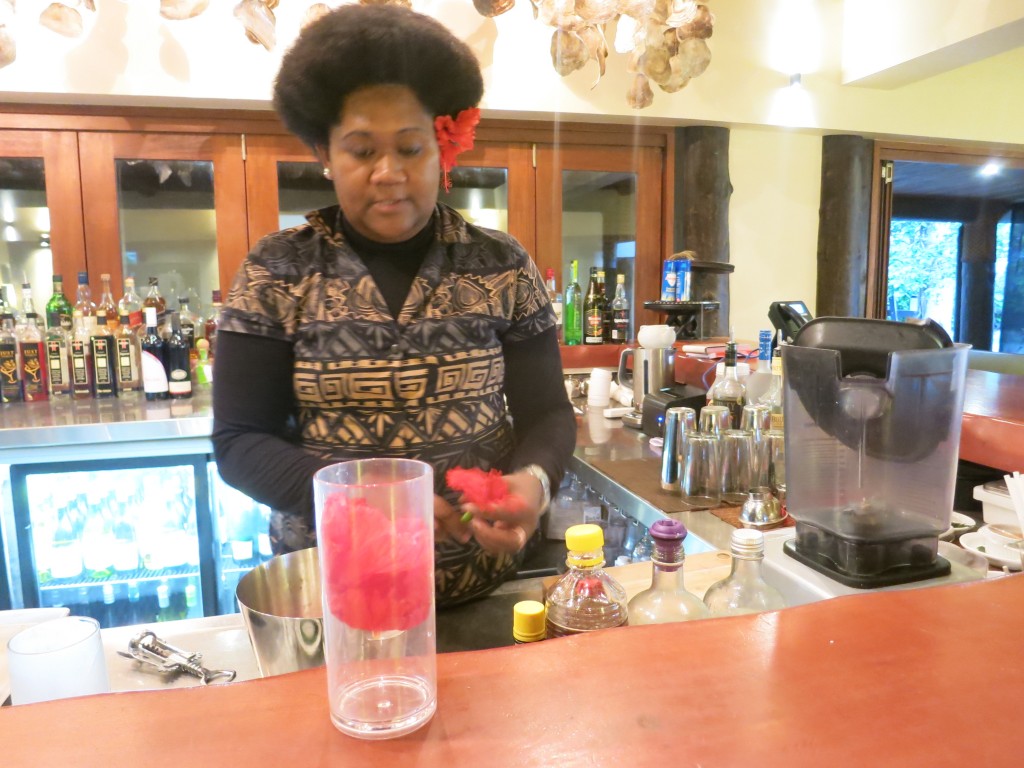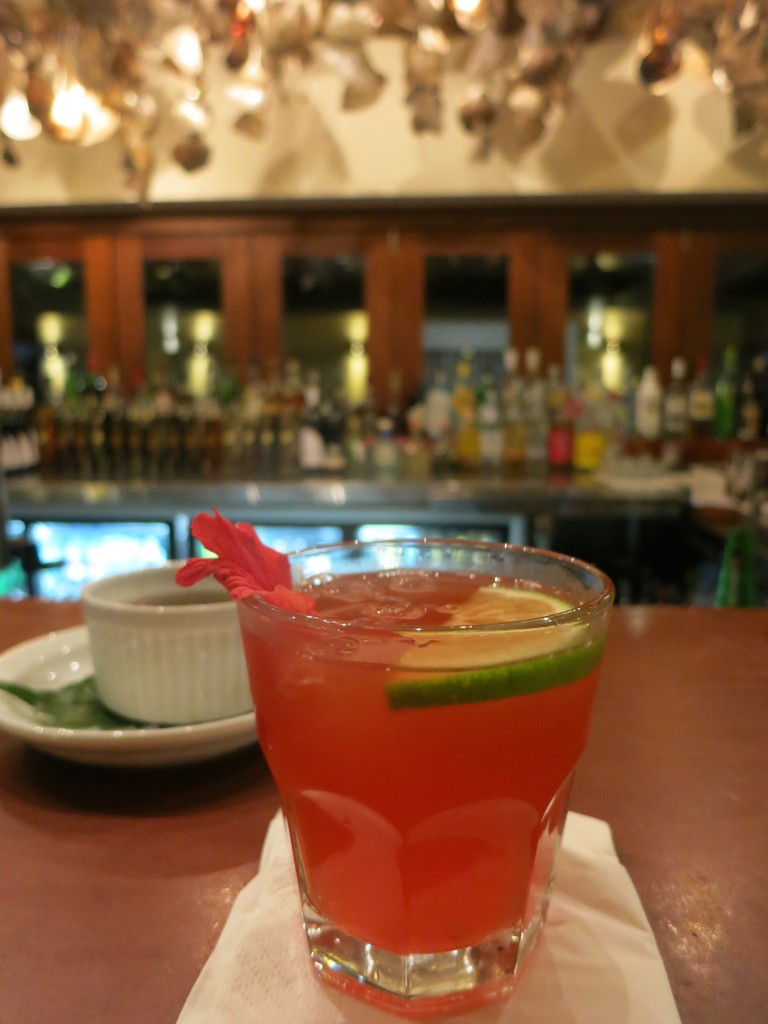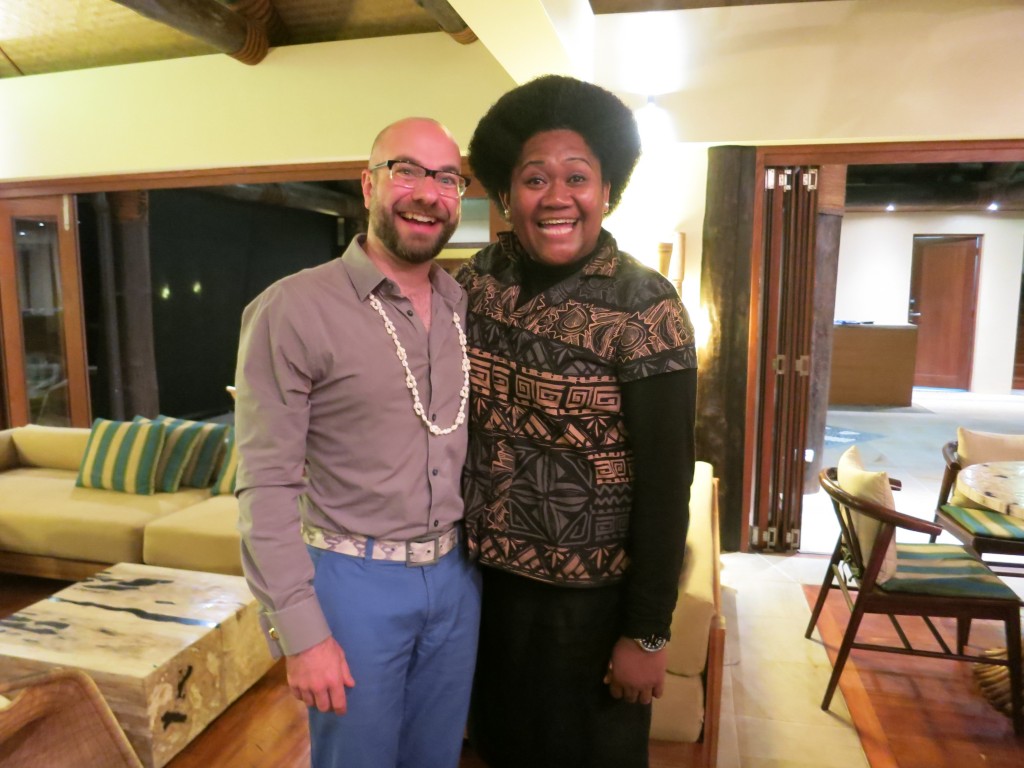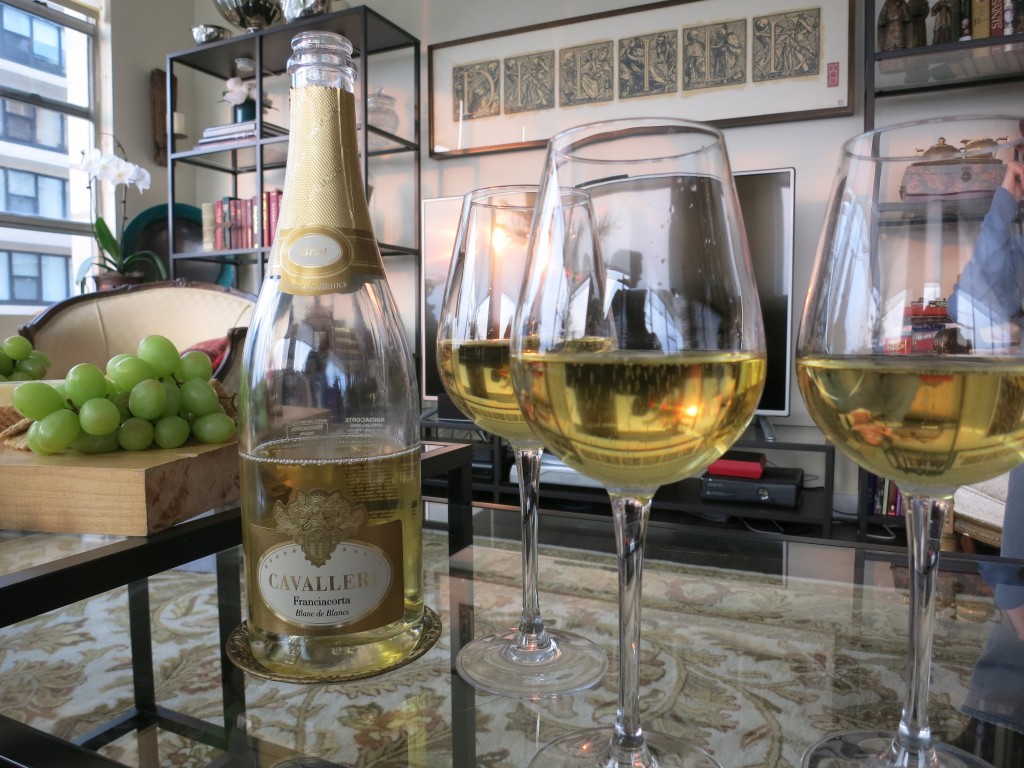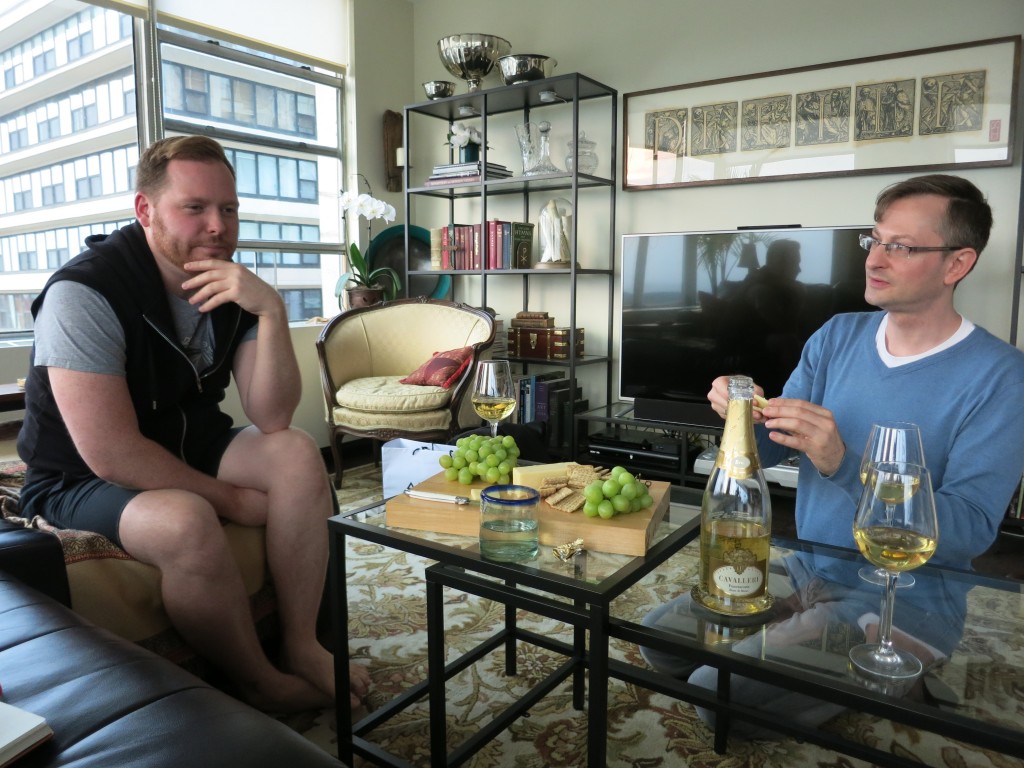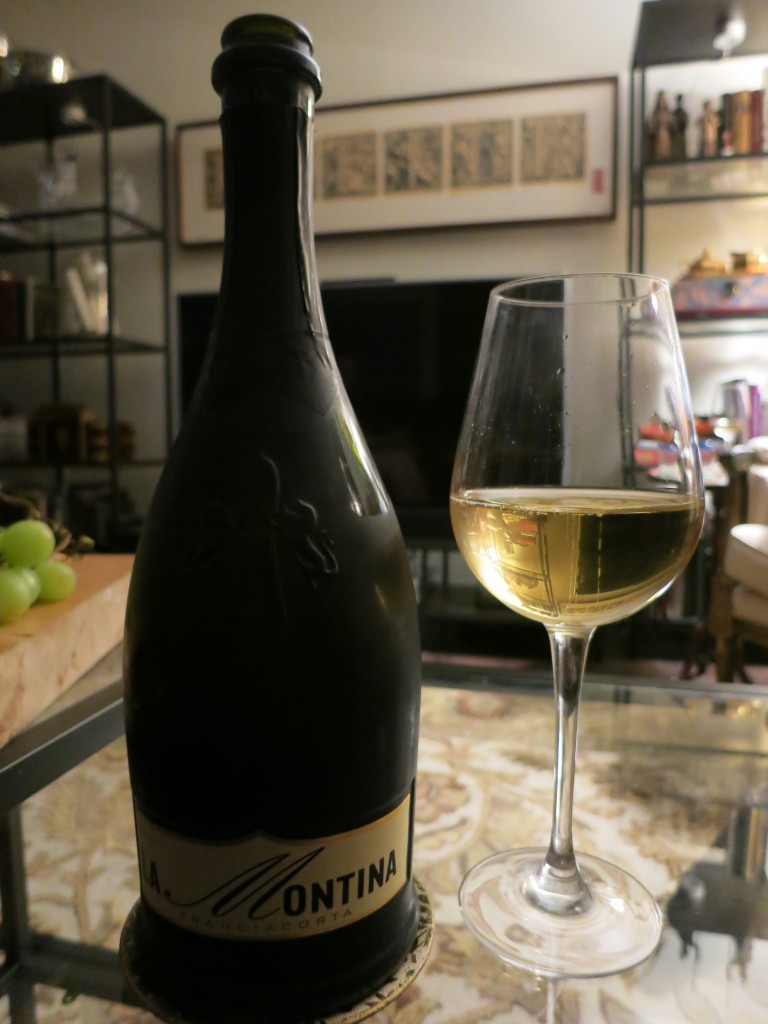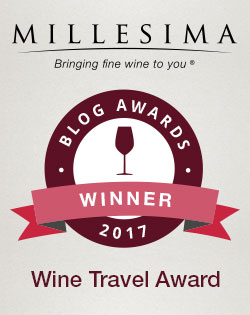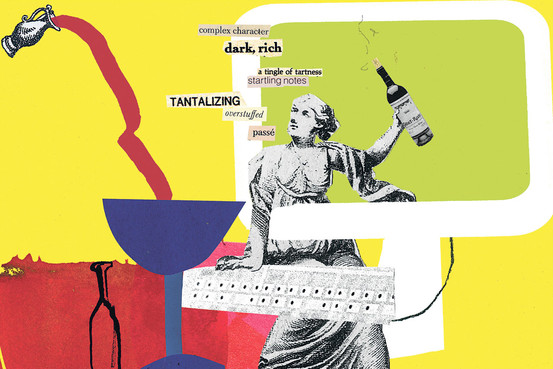Phylloxera And The TSA
As I write this, I’m awaiting my flight to Corning, New York, where this year’s Wine Bloggers Conference will take place. The wine talk this year started a little early, however.
When I walked through the metal detector in the TSA Precheck line in O’Hare’s Terminal 1, it beeped, most unexpectedly. As a relatively frequent traveler, I’ve perfected a uniform I wear through the detector that I know won’t set it off. But it wasn’t my outfit that caused the beep.
“You’ve been selected for additional screening,” the security guard informed me. Ah well. I alerted him that I preferred to opt out of the backscatter machine and do a pat-down instead. I don’t trust the emphatic government claims of the machine’s safety. It’s only been in operation a few years — not long enough to ascertain any long-term effects — and it’s no secret that the government isn’t always honest with the public.
In any case, I opted out, and a tall gentleman in his late 50s led me to the pat-down mat. “Have you done this before? Good — OK, so you know I’ll be touching inside your collar and brush against some potentially sensitive areas with the back of my hand. OK, please raise your arms.” He felt my sleeves, and asked, “So where are you off to today?”
“I’m headed to Corning, New York, to go to a Wine Blogger Conference. It should be a hoot.”
“Really, so you’re a wine guy,” he asked, feeling the inside of my shirt collar. He started brushing his hand down my back. “You know, I buy wine now and then myself.”
“Oh really? What sort of things have you been drinking?”
“I’ve bought a few bottles of Caymus,” he replied, and he noted a few other brands. “I like to wait until Binny’s [Chicago’s biggest wine store] has a sale, and then I stock up. The good stuff is all sitting in my basement, and when I retire, I’ll start opening it,” he laughed, running his fingers around the inside of my waistband.
“That’s a really good strategy,” I concurred. “Binny’s has some great sales!”
“Absolutely,” he agreed, now standing in front of me and patting my torso. “You know, It’s funny, but I really like Chilean wine, too.”
“Ah, Chilean wines give you a lot of bang for the buck,” I said, because it’s true.
“Right, they’re really good! You know, there was a fungus in the 80s that attacked American vines. Yeah, they had to cut the vines off, and transplant them to different roots.” I realized he was talking about phylloxera, which is an insect, not a fungus. And it caused the most damage in Europe, not the United States, and that was in the late 19th century, not the 1980s.
“Oh right!” I nevertheless replied, not correcting him because doing so would have been inconsiderate, and because he was at that moment running his hands down my legs, starting at a “sensitive area.”
“But in Chile,” he explained, “they never had the fungus [insect]. That’s why I think their wines taste a little better,” he confided in me, giving me a wink as he checked his gloved hands for bomb residue. And he may indeed be right — there are those who say that American rootstocks adversely affected the taste of European wines post-phylloxera, and that Chilean wines may have a slight advantage, growing on their original vinifera roots. “Have fun at your conference!”
I put my belt, shoes and watch back on, wondering how the heck I ended up talking about phylloxera with a security guard’s fingers partially in my pants. I can only imagine that it’s an omen of things to come at the Wine Bloggers Conference!

